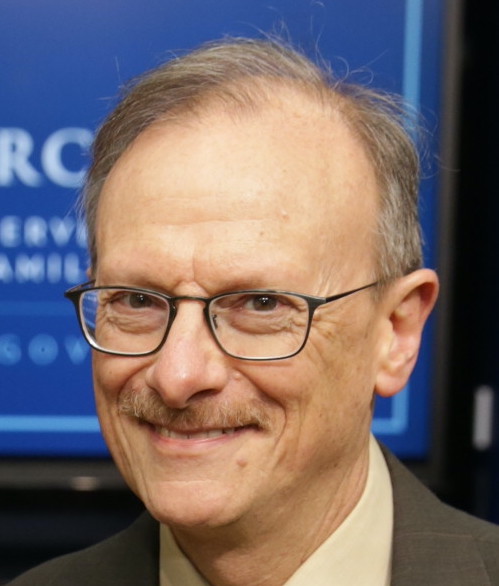Maurice J. Elias, Ph.D., is Professor of Psychology at Rutgers in New Brunswick and is on the Leadership Teams of SEL4US and SEL4NJ.
Today, March 11, 2022, marks the third International Social-Emotional Learning Day. On this day, educators and communities world-wide affirm their dedication to the development of children’s social-emotional well-being and the skills they need to engage in collaborative civic engagement.
It denotes what has become clearer in the years since the COVID pandemic began: we must start preparing students now for the tests of life, and not focus so much on subjecting them to a life of academic tests.
The theme of this year’s SEL Day is “Common Ground and Common Good.” This is a message we need. We also have had ample confirmation that in every element of our society, there is inequity and polarization– health care, opportunity, financial and social capital, and certainly education. Yet, as we see in some of our schools and communities, and as we are witnessing in Europe, our commonalities can draw us together despite challenges. It’s not easy, but it’s also clear there is no other way.
While creating equity ultimately requires significant shifts at macroeconomic and political levels, there is much that can happen in classrooms and schools right now to create environments in which diverse student learners come together for the common good and have the opportunity to engage in learning experiences that build social, emotional, cultural, civic, and academic competence.
What is a Common Ground Classroom Like?
In a classroom that seeks to help students find and cherish common ground, teachers elicit, recognize, reinforce, and respect the cultures of all students. Teachers encourage students to share and apply their cultural experiences to classroom learning tasks and encourage all students to demonstrate awareness of their historic place in society, and in their school and community. Teachers focus on the assets and strengths of learners and provide teaching and learning approaches that build on the experiences of learners.
In addition, teachers guide each student in developing a
moral compass. Within the classroom and coordinated across grade levels, there are systematic efforts to
build students’ social-emotional life skills so that students can act in ways they can be proud of. There is a palpably supportive climate and visible expectation that all students will achieve academic proficiency and accomplish meaningful things in life.
Finally, in a Common Ground Classroom, teachers create a culture of caring, kindness, and helping. For 180 school days, students enter classrooms wanting to be successful, recognized, valued, supported, and safe. To help this happen, teachers and students together develop classroom rules/norms for how to treat one another. It’s clear to all that caring and kindness are the norm, not the exception, and that no students are excluded from receiving and providing these attributes. In these ways, classrooms become the Common Ground that supports the Common Good
Of course, international SEL Day is not the only day in which we need Common Ground classrooms. For some educators, it will be a start; for others, it will be a re-affirmation or an extension. For the children, however, it will be a blessing. Join Governor Murphy and the New Jersey State Board of Education, who have issued a proclamation and a resolution, respectively, supporting SEL Day. If you already are engaged in working for the common good and want to share, or simply want to learn more, go to SELDay.org and SEL4NJ.org..



